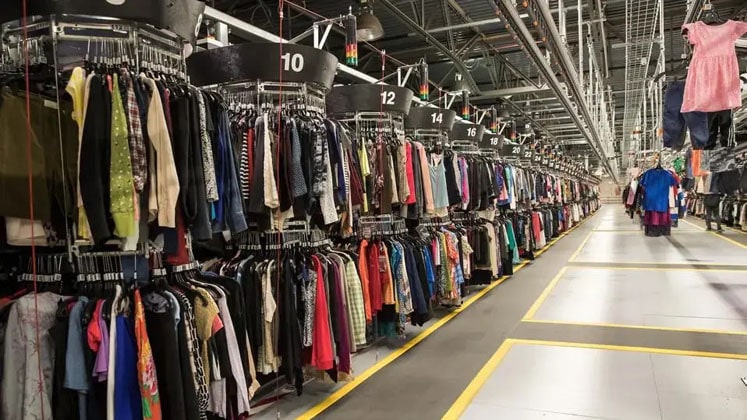
According to a report by the British Fashion Council's Institute of Positive Fashion, “Solving fashion’s product returns: How to keep value in a closed-loop system”, outlines a framework of recommendations to address the issue. The report highlights the need for the fashion industry to take immediate action to address the environmental impact of returns.
The fashion industry's push for free returns has contributed significantly to the UK's online return rate. Clothing, shoes, bags, and accessories were among the top three categories for online returns. However, the environmental costs of handling these returns are of greater concern in the long run.
Environmental damage due to emissions, energy
The report estimates that the UK fashion industry's returns generated about 750,000 tonnes of CO2 emissions in 2022, with transportation being the biggest contributor to emissions, accounting for almost 50% of total CO2 emissions.
The report also highlights the negative impact of the race for faster delivery times, which increases emissions due to smaller parcel sizes and more frequent delivery journeys. The energy required washing and iron returned items in the warehouse and excessive returns packaging, such as single-use plastic packaging and cardboard, are also contributing to the industry's environmental damage.
Although most fashion items can be resold after processing, approximately 3% of returns remain unsold. Of those unsold returns, more than 50% are sent to landfill and another 25% are incinerated, with only the remaining 25% being recycled.
The circular fashion ecosystem project of the British Fashion Council (BFC) estimates that dealing with returns cost the UK fashion industry at least £7 billion in 2022. This cost, coupled with the environmental impact, suggests that the industry is producing an unnecessarily high volume of clothing items. This production level, coupled with the average CO2 footprint of 19.5 tonnes per tonne of clothing for its whole lifetime, further exacerbates the environmental damage caused by the industry.
Closed-loop system can minimize waste
The industry needs to work towards a closed-loop system that minimizes waste and maximizes the value of returned products. Retailers and brands must consider alternative solutions to free returns, such as offering incentives for consumers to keep the products, thus reducing returns, and implementing sustainable packaging solutions.
It is crucial that the fashion industry take immediate steps to address the environmental impact of returns to mitigate the significant damage it is causing to the environment.












